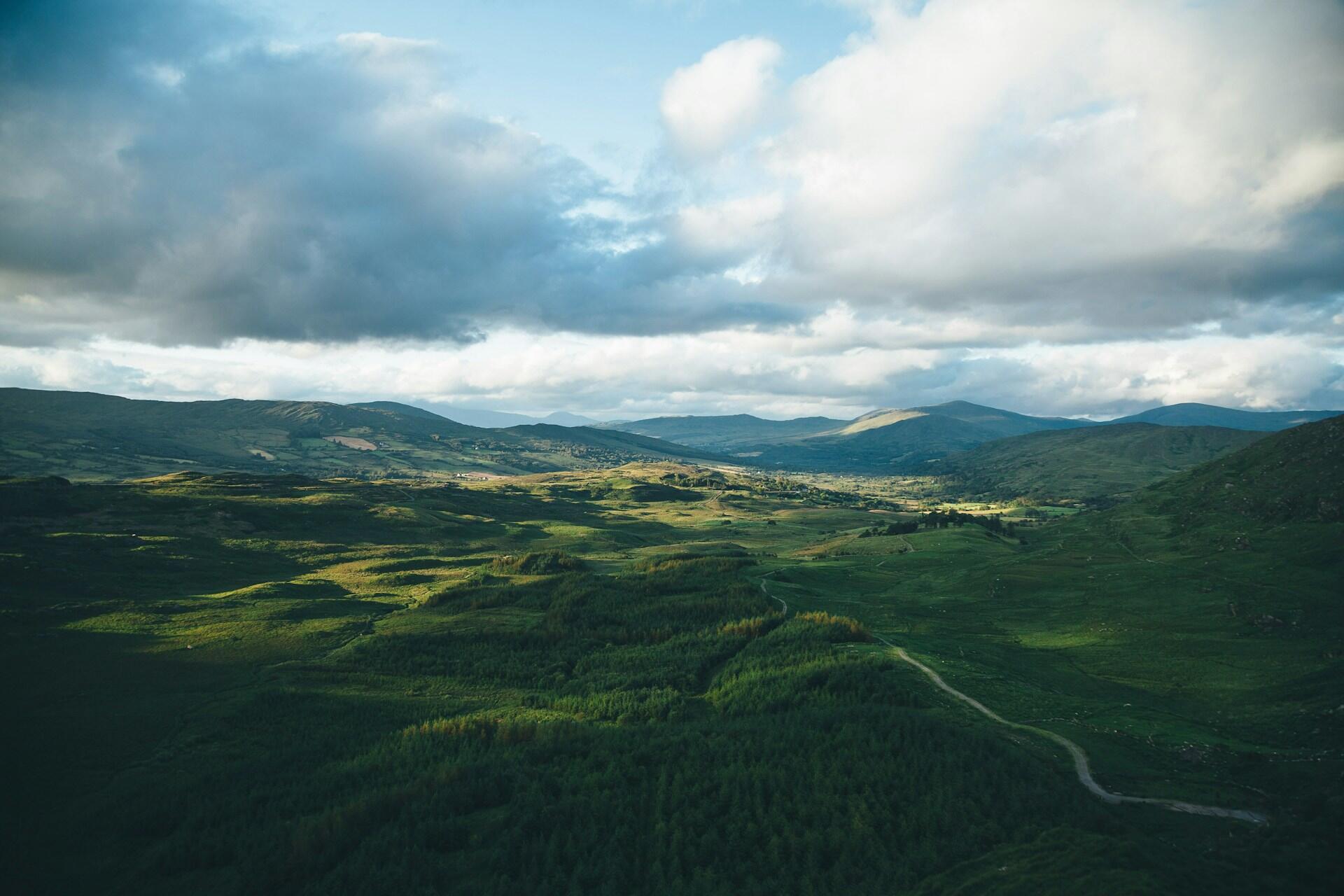In Irish mythology, there are plenty of tales about magical beings, terrifying monsters, and mischievous spirits. The country's folklore has been shaped by these tales for centuries, with ancient legends ranging from Gaelic traditions to eerie ghost stories.
The creatures are more than pure fantasy, though; they reflect Ireland's wild landscapes, its people's beliefs, and the timeless struggle between the human world and the supernatural.
Creatures like the leprechaun and banshee are widely known worldwide, but others like the Púca and Dullahan might be new to you. Here, we'll explore some of Irish mythology's most important creatures and characters.

The Enchanting World of Irish Mythological Creatures
Irish mythology is more than just characters in old stories. It's a deeply rooted and important part of any culture, shaping and explaining the beliefs commonly held at certain times in certain parts of the world.
The Irish have passed down tales of supernatural beings through oral traditions, songs, and poetry. These mythical beings often explained natural phenomena and served as a warning against misdeeds, for example.
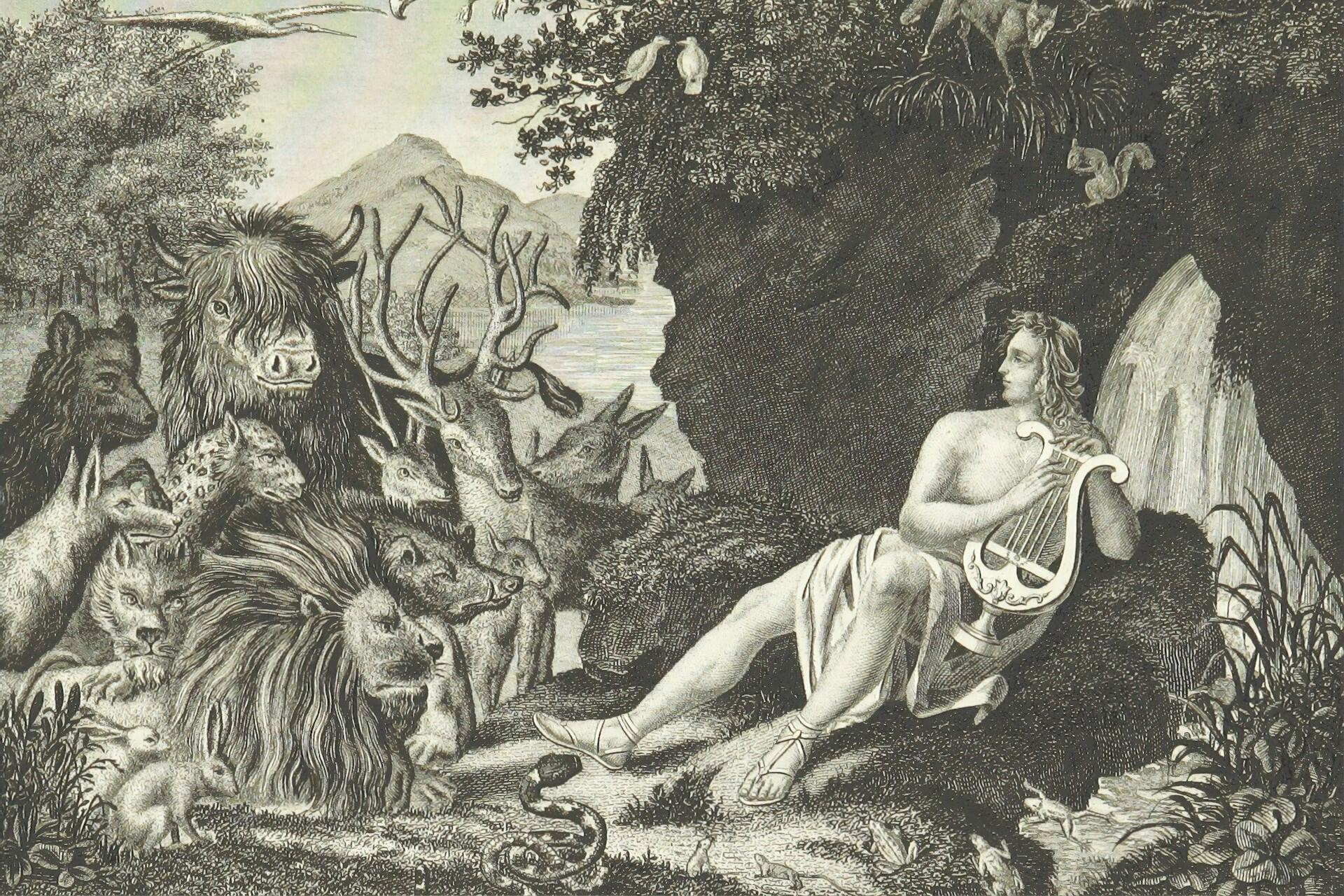
Irish myths stem from Celtic mythology, particularly the Mythological Cycle, which explains the gods, spirits, and legendary creatures that shaped the world. For example, the Tuatha Dé Danann, the divine race of ancient Ireland, was believed to have influenced many of the creatures that appear in later folklore.
Over time, these myths evolved, with Christian influences mixing with Gaelic traditions to create the uniquely Irish mythology we know today.
Creatures like the leprechaun are widely recognised worldwide and associated with gold, luck, and mischief. The banshee, on the other hand, tends to represent death and misfortune.
Lesser-known creatures like the Púca represent the untamed forces of nature and embody the wilder elements of Ireland's landscape, such as ancient forests, misty hills, and stormy seas.
Irish mythology inspires literature, movies, art, and even tattoos today. Mythical beings regularly appear in fantasy novels and modern festivals, bridging the past and present.
Legendary Irish Mythological Creatures
There are many Irish mythological creatures, from leprechauns and banshees to lesser-known figures. Here are some of the most significant.
Leprechauns – The Tricksters of Irish Folklore
The leprechaun is easily the most recognised Irish creature. This small, mischievous fairy is known for hoarding gold and playing pranks.
It's often depicted wearing a green coat and hat, and if you capture one, it will grant you a wish.
However, therein lies the challenge. Leprechauns are very clever, and outsmarting one is almost impossible.
Design
A small, bearded fairy dressed in a green coat and hat, often depicted with a pot of gold.
Meaning
Symbolises luck, mischief, and the ability to outwit humans.
Historical Significance
Originating from ancient Irish folklore, leprechauns were believed to be cobblers for the fairy folk, guarding their hidden gold.
Modern Relevance
Today, leprechauns are a well-known symbol of Irish culture, frequently appearing in art, literature, and St. Patrick’s Day celebrations.
Banshees – The Ominous Harbingers of Death
Banshees are terrifying creatures in Irish folklore. Wailing or crying when someone is about to die, these creatures typically appear as a spectral figure in white or as an old woman.
Words like banshee (bean sí, "fairy woman") and leprechaun (leipreachán, "small-bodied being") originate from Gaelic roots.
A banshee is a messenger between the living and the dead; a banshee's cry is a chilling omen.
Design
Typically seen as an old woman in a white or grey cloak, sometimes combing her long hair, emitting a chilling wail.
Meaning
Serves as an omen of impending death, often associated with specific Irish families.
Historical Significance
In Gaelic folklore, the banshee appears as a spirit tied to certain bloodlines, warning them of death with her mournful cry.
Modern Relevance
The legend of the banshee continues to inspire horror films, ghost stories, and supernatural fiction, maintaining her reputation as one of Ireland’s most feared mythological beings.
Púca – The Shape-Shifting Spirits of the Wild
The Púca is an unpredictable creature of Irish mythology. This shape-shifter can take the form of horses, goats, or even humans.
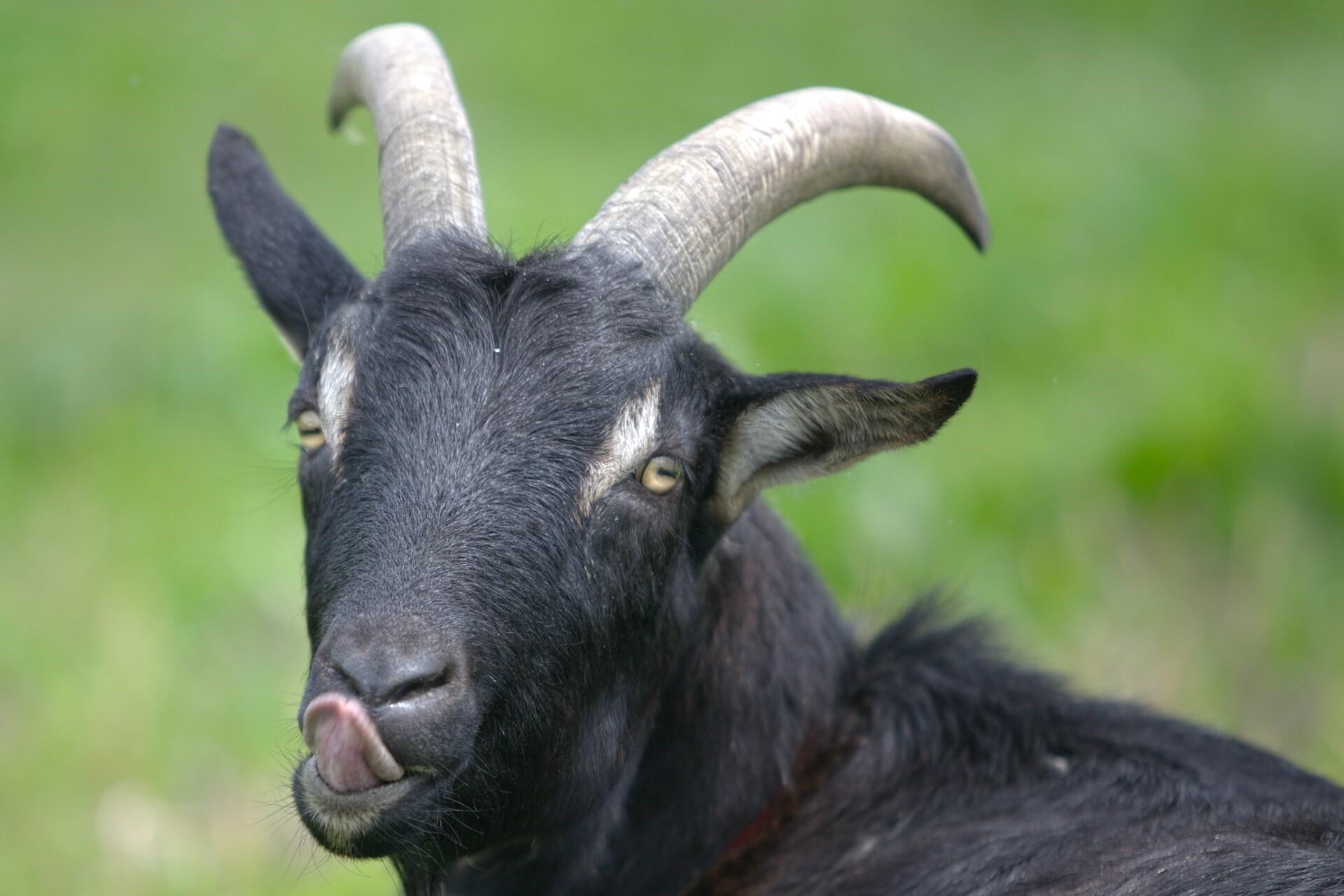
It will lead travellers astray and cause mischief. This mischief is sometimes harmless and other times not, leading some to see the Púca as just a trickster while others definitely believe it's a sinister force of the wild and the untamed.
The Dullahan – The Headless Rider of Doom
The Dullahan is more on the banshee side of the Irish mythological spectrum. This chilling creature is a headless horseman, which is also commonly found in other cultures.
The Dullahan rides a black horse, carrying his own severed head in his arms. The severed head is used to see into the souls of men, and when he stops riding, someone is about to die.
In terms of omens of death in Irish folklore, the Dullahan is one of the most feared if you believe there's any real difference when it comes to omens of death!
The Cailleach – The Ancient Hag of Winter and Fate
The Cailleach is a powerful, ancient being in Celtic mythology that's associated with winter, storms, and transformation.
In Irish mythology, transformation and the seasons are common themes, and this old crone is said to control the seasons and the land.
However, her fearsome appearance shouldn't be confused with malevolence. Instead, the Cailleach represents the cycle of life and death in nature in Ireland.
Abhartach – Ireland’s Vampire of Dark Legends
Way before Dracula in Transylvania, modern Romania, there was Abhartach, an Irish vampire legend predating the Bram Stoker novel.
Abhartach is a small but terrifying man who drank human blood and rose from the grave whenever killed.
It's believed that Bram Stoker may have been inspired by this legend when writing Dracula. While Dracula is better known worldwide than Abhartach, this is likely one of the first vampire stories in Western folklore.
Selkies – The Mysterious Seal-People of the Sea
Selkies are more commonly associated with Scottish and Gaelic traditions, though they appear in Irish mythology.
These magical creatures live as seals in the sea but shed their skins to become human when on land. Typically, these selkies marry humans before returning to the ocean to reclaim their lost seal skins.
These beings symbolise the deep connection between nature, the sea, and Irish folklore.
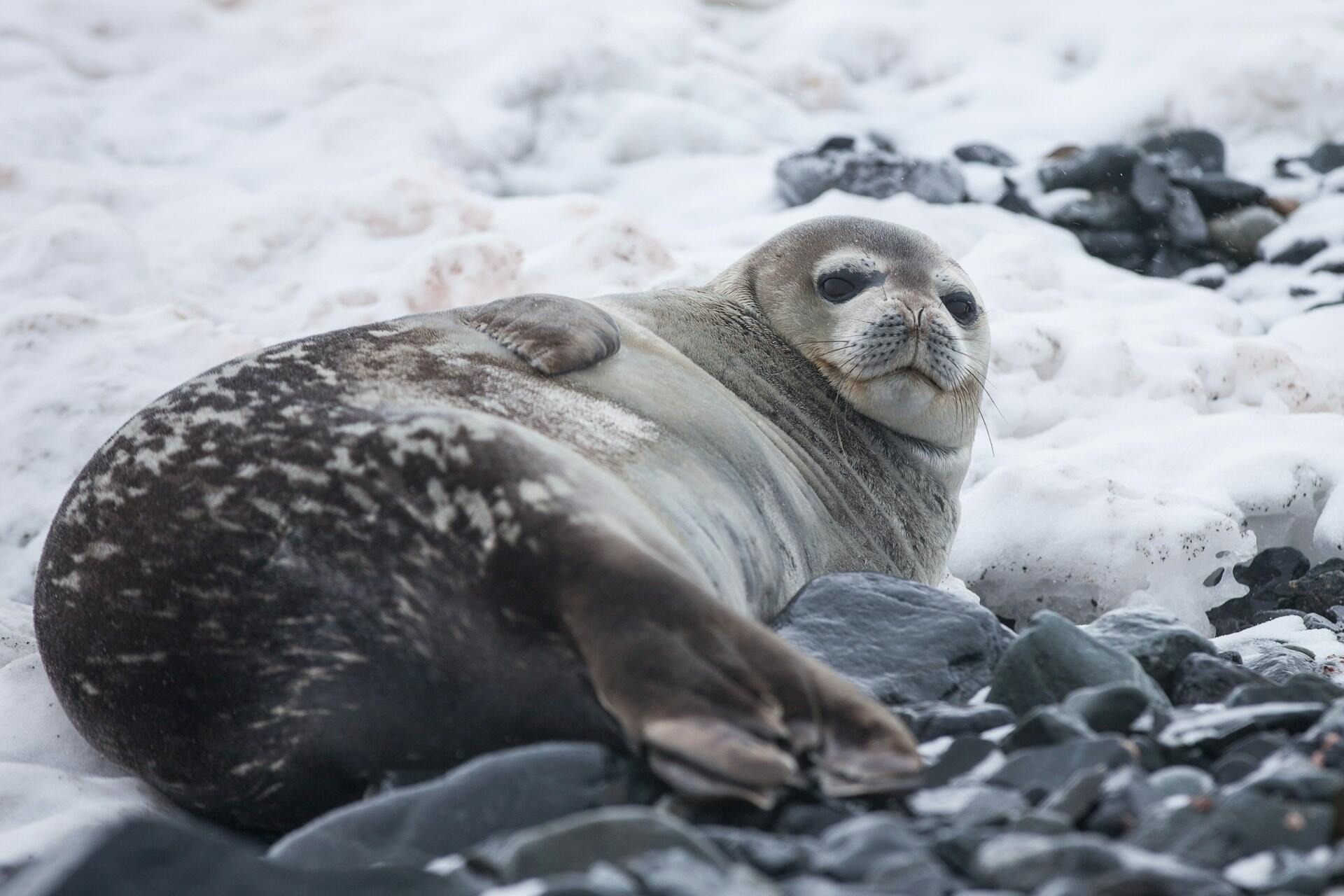
Fairies – The Magical and Mischievous Folk of Ireland
Irish fairies, or Aos Sí, aren't the same as fairies in many other mythologies. Instead, these are otherworldly spirits that can be either benevolent or dangerous.
In Ireland, they live in fairy mounds, interacting with humans and the human world in various ways. Some bring blessings, while others bring misfortune, and many old Irish customs revolved around appeasing them so that they brought the former rather than the latter.
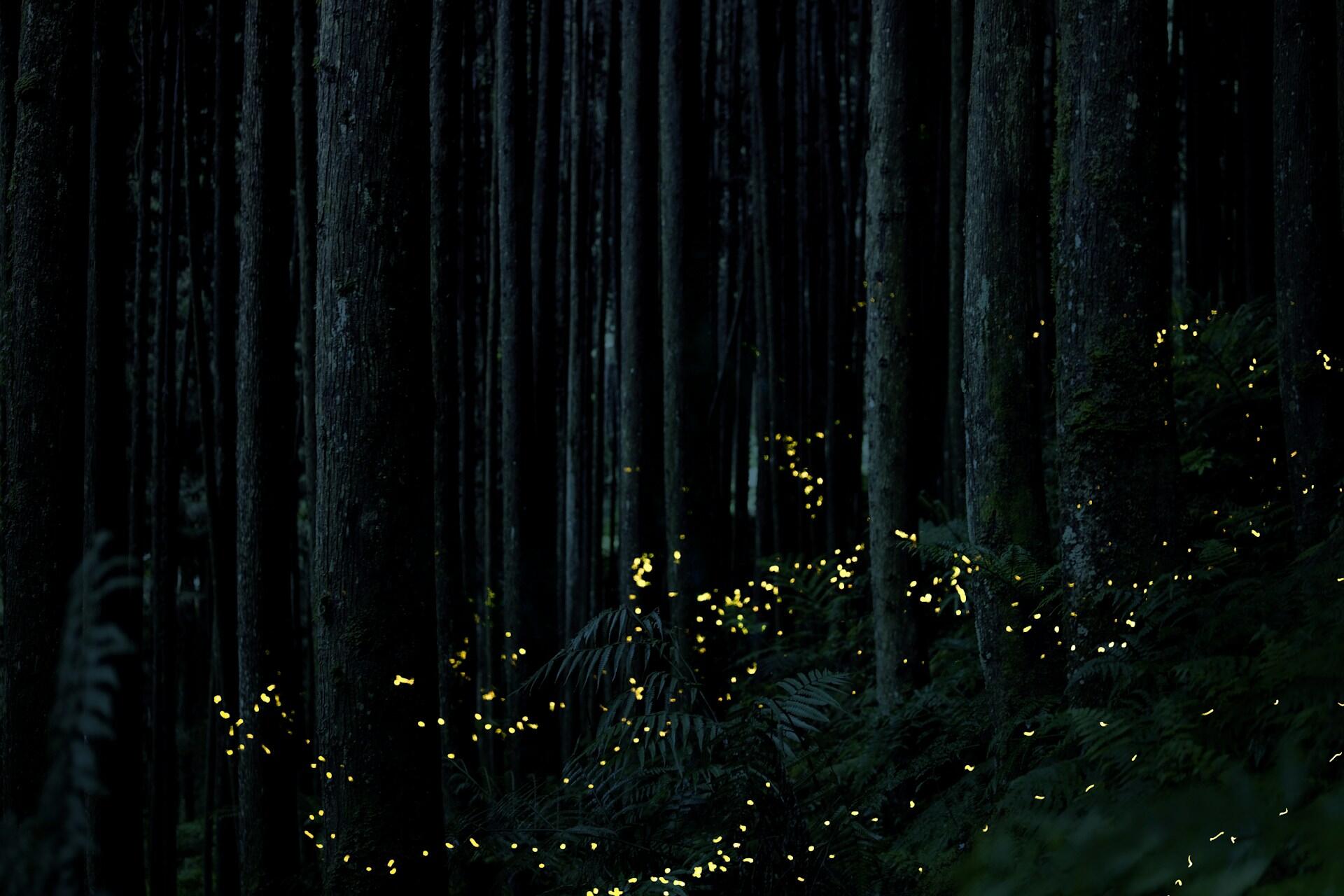
Design
Unlike modern depictions, Irish fairies (Aos Sí) are often human-sized, mysterious, and can be either benevolent or malevolent.
Meaning
Symbolises the unseen world, magic, and the forces of nature that exist alongside the human realm.
Historical Significance
In ancient Ireland, people believed fairies lived in fairy mounds (sidhe) and that disturbing them would bring misfortune or curses. Many customs were developed to appease or avoid angering the fairies.
Modern Relevance
Stories of Irish fairies still persist today, influencing folklore, fantasy literature, and modern-day superstitions about the mystical hidden world.
Themes and Symbolism in Irish Mythological Beings
Irish mythology typically features themes that reflect ancient Ireland's values, fears, and beliefs.
These creatures could be protectors, omens, or tricksters, serving as powerful symbols and reminders to the people of how the world works and how they should behave.
Their stories continue to influence Irish folklore, storytelling, and culture today.
The Irish language revival movement continues to celebrate and promote the use of Gaelic in storytelling, literature, and education.
Life, Death, and the Afterlife
Like many different types of folklore and mythology, themes of life, death, and the afterlife are incredibly common in Irish mythology.
Creatures like the banshee are a direct symbol of death, and the Dullahan also plays a similar role.
Nature and the Supernatural World
The connection between mythical beings and the natural world is a key theme in Irish folklore. Creatures like the Púca are associated with Ireland's wild landscapes, appearing in forests, hills, and rivers.
The Tree of Life and fairy mounds are also thought to be portals between the natural world and mystical realms.
Luck, Trickery, and Fortune
There are many tricksters in Irish mythology. Luck and deception abound, and humans learn lessons from being outwitted by mythological creatures.
Both leprechauns and the Púca are known to deceive humans into underestimating them.
The Duality of Good and Evil
Irish mythology avoids the obvious good and evil prevalent in many mythologies. Instead, its creatures and stories tend to be more ambivalent, which better reflects the complexity of human nature and the unpredictable forces of the universe.

